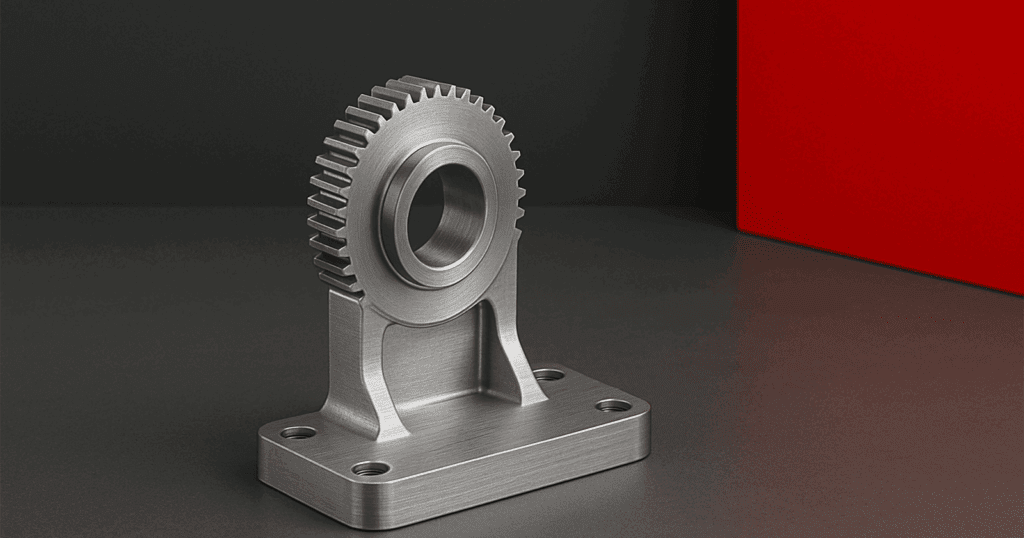Introduction
CATIA is more than just a design tool; it is the backbone of modern engineering across industries from aerospace to automotive. Whether you are just starting your design journey or refining advanced modeling techniques, structured CATIA training certification offers a powerful path to mastery.
In this article, we explore how Mecanica’s certified CATIA training programs help engineers develop the technical expertise, precision, and confidence to bring innovative designs to life.
Why CATIA Training Matters in Modern Engineering
Engineering teams today face growing pressure to design faster, collaborate seamlessly, and meet higher standards of quality. CATIA, developed by Dassault Systèmes, stands out as a comprehensive solution that integrates design, analysis, and product lifecycle management in one unified platform.
However, to unlock its full potential, proper training is essential. Engineers who complete CATIA training certification programs gain not only software proficiency but also an understanding of digital product development processes that drive innovation and efficiency. Certified training bridges the gap between theoretical design concepts and real-world application, helping engineers move from “how” to “why” in their use of CATIA.
The Core Skills Engineers Gain from CATIA Training
CATIA training builds essential competencies across multiple design and engineering domains. A certified program introduces learners to tools and workflows that directly support product innovation. Among the most valuable skills engineers develop are:
1. 3D Modeling Mastery
CATIA’s robust modeling environment allows engineers to create everything from simple parts to complex assemblies. Through expert-led CATIA training certification, participants learn to model parametric parts, manage design intent, and ensure precision throughout the product development cycle. These modeling principles translate into stronger, more efficient design processes that meet manufacturing requirements from the very beginning.
2. Surface and Sheet Metal Design
Surface modeling and sheet metal design are critical in industries such as automotive, aerospace, and industrial equipment. Certified tracks for CATIA training certification cover specialized modules that teach engineers how to work with Class-A surfaces, form bends, and design manufacturable parts. The ability to transition smoothly between conceptual surfacing and solid design allows engineers to maintain both creativity and accuracy.
3. Assembly and Product Structure Management
Managing complex assemblies efficiently requires more than technical knowledge; it demands organizational skill. Mecanica’s courses show how to control large assembly structures, apply constraints effectively, and navigate relationships between components. These techniques are fundamental outcomes of a rigorous CATIA training certification path, enabling teams to coordinate across disciplines while reducing design errors.
4. Drafting and Technical Documentation
An engineer’s work is not complete without accurate documentation. Training programs include best practices for generating 2D drawings from 3D models, applying geometric dimensioning and tolerancing, and preparing deliverables for manufacturing. Each exercise reinforces the skills tested in CATIA training certification exams and ensures designers can communicate clearly with production teams.
5. Simulation and Validation
With integrated simulation capabilities powered by SIMULIA, your CATIA CAD environment allows for digital validation before physical prototyping. Training helps engineers analyze stress, strain, and motion, optimize product performance, and minimize costly rework. These capabilities are central to the CATIA training certification curriculum, ensuring that graduates can verify their designs early and confidently.
The Advantages of CATIA Certification
Achieving a CATIA training certification demonstrates professional credibility and technical expertise. It positions engineers as valuable contributors to multidisciplinary teams where precision and collaboration are essential.
Explore what CATIA training and certifications Dassault Systèmes recommends here!
Career and Industry Benefits
Career Advancement: Certification validates your skills and supports advancement into roles that require advanced design proficiency.
Industry Recognition: Dassault Systèmes credentials are globally recognized; CATIA training certification gives a clear competitive advantage in the job market.
Practical Application: Courses emphasize real scenarios so you can solve actual engineering challenges with confidence.
Continuous Learning: CATIA evolves with technology; certified training keeps skills current and aligned with best practices.
Employers benefit as well. Encouraging certification across design teams improves consistency, accelerates delivery, and supports a culture of innovation and accountability.
How Mecanica Delivers Expert-Led CATIA Training
As an official Dassault Systèmes partner, Mecanica offers a comprehensive portfolio of CATIA courses aligned to certification exams. Each track prepares learners for CATIA training certification with clear objectives and practical assessments.
Certified Instructors and Official Materials
Every course is led by certified instructors with real-world engineering experience. Learners gain best practices, project-based exercises, and workflows that match CATIA training certification standards. Instructors bring valuable insight from industries like aerospace, energy, and transportation, bridging theory with professional reality.
Flexible Training Formats
Mecanica’s programs are designed for convenience and accessibility:
Instructor-led classroom training for immersive, hands-on learning.
Virtual sessions for remote learners seeking flexibility without losing interaction.
Customized corporate training for teams pursuing collective CATIA training certification objectives.
Official Certification Pathways
All programs align with Dassault Systèmes certification standards. Participants receive guided preparation for exam domains and practical evaluations that replicate real CATIA workflows. Completing the certification confirms not only technical mastery but also an understanding of modern design methodology.
Project Workflow Example
To make learning tangible, Mecanica integrates realistic design projects. A typical workflow begins with defining requirements and creating templates, progresses through parametric modeling and design tables, and finishes with assembly organization, simulation checks, and drawing creation. Each step is linked to CATIA training certification competencies such as feature strategy, update control, and data management.
Exam Readiness and Continuous Support
Success in certification comes from preparation and support. Mecanica provides structured practice exams, question analyses, and study guides tailored to each CATIA discipline. Instructors review mistakes with participants and share strategies for handling time pressure during official tests. Even after certification, Mecanica continues to support alumni with refresher sessions and updated course content aligned to new CATIA releases. This ensures every CATIA training certification remains relevant long after the exam is complete.
Integrating CATIA Skills with 3DEXPERIENCE
Modern engineering no longer operates in isolation. Mecanica’s CATIA courses include dedicated modules for using the 3DEXPERIENCE platform, where design data, simulations, and manufacturing plans come together. Engineers learn how CATIA training certification connects to collaborative workspaces that enable version control, secure sharing, and lifecycle management. These connected workflows prepare professionals to thrive in digital, data-driven environments.
Building a Future-Ready Engineering Career
Investing in CATIA training certification is more than a software upgrade; it is a long-term investment in professional growth. As industries transition to model-based design and intelligent manufacturing, certified engineers are equipped to lead projects that demand precision, efficiency, and innovation. Mecanica’s certified programs empower participants to transform their creative ideas into manufacturable designs and to do so confidently, backed by recognized credentials.
Ready to Get Certified?
Take your engineering career to the next level with Mecanica’s CATIA training certification programs. Our expert instructors, official Dassault Systèmes materials, and flexible learning options make it straightforward to build essential skills and verify them through a recognized credential.
Explore Mecanica’s training catalog or contact our team today to choose the course that supports your next step in professional development.


